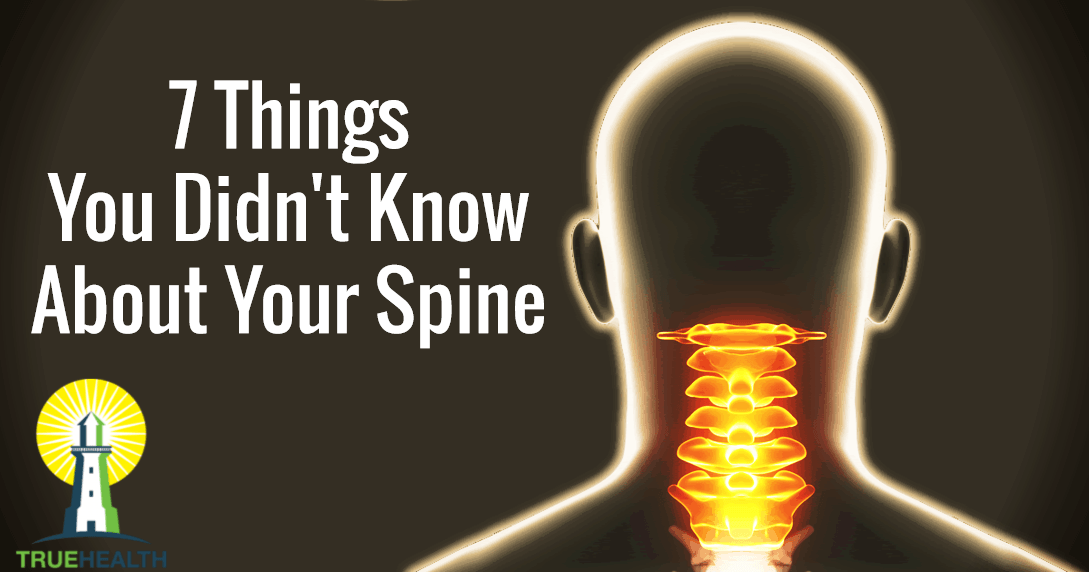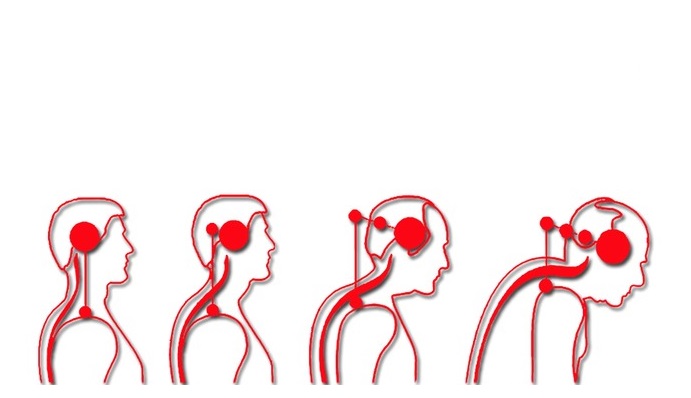When it comes to health, what has become “normal” in our society is not necessarily the way our body is intended to be. Let’s face it – the world is getting sicker. Many people neglect their health, paying attention to it only when their symptoms become unmanageable. By then, problems can become severe, often becoming irreversible.
All you have to do is look around on your next shopping trip and you’ll see people are more overweight, diseased, and stressed out than ever before. I encounter people on a daily basis whose health is suffering in one way or another, and whose quality of life is suffering due to sickness. Somehow, this commonality has altered our belief of what is normal; we have forgotten that healthy is “normal”.
We have to realize that no one is coming to save us – this is our life, our responsibility. We are the product of our lifestyle choices. As you’ve heard me say time and time again, we are designed to heal – that is our default state. However, due to our current nutrition, movement (or lack thereof) and alignment habits – we’re seeing a huge increase in certain ailments (headaches, forward head posture, poor digestion, etc…).
Pain is not normal. Headaches are not normal. Poor posture, poor digestion, difficulty sleeping are not normal.
The main reason to understand that these things are common but not normal is so that you can get help. If we see them as normal, that infers that we need to suck it up and live with it. When we understand that it is common, but not at all optimal functionally, we can then decide to do something about it.
So, what can you do about it?
Your spine is the foundation of your body, and all of the organs, muscles, and connective tissue are built around it. Therefore, it is easy to understand the critical nature of maintaining structural alignment throughout your life. That is why I sometimes sound like a broken record, constantly suggesting preventive and wellness visits, instead of coming in only when pain is present. I realize that not everyone can afford to due that (side note: as we’ve discussed before – Chiropractic saves you money in the long term.)
Normal structural alignment coupled with a healthy lifestyle means that body is the best it can be to perform optimally. So, at True Health we we focus on the relationship between the nervous system and the spine, as we as incorporating practical help and education about “how we live, how we work, what we eat” and how we exercise. That’s prevention, pure and simple.
It is time to begin expecting health.






